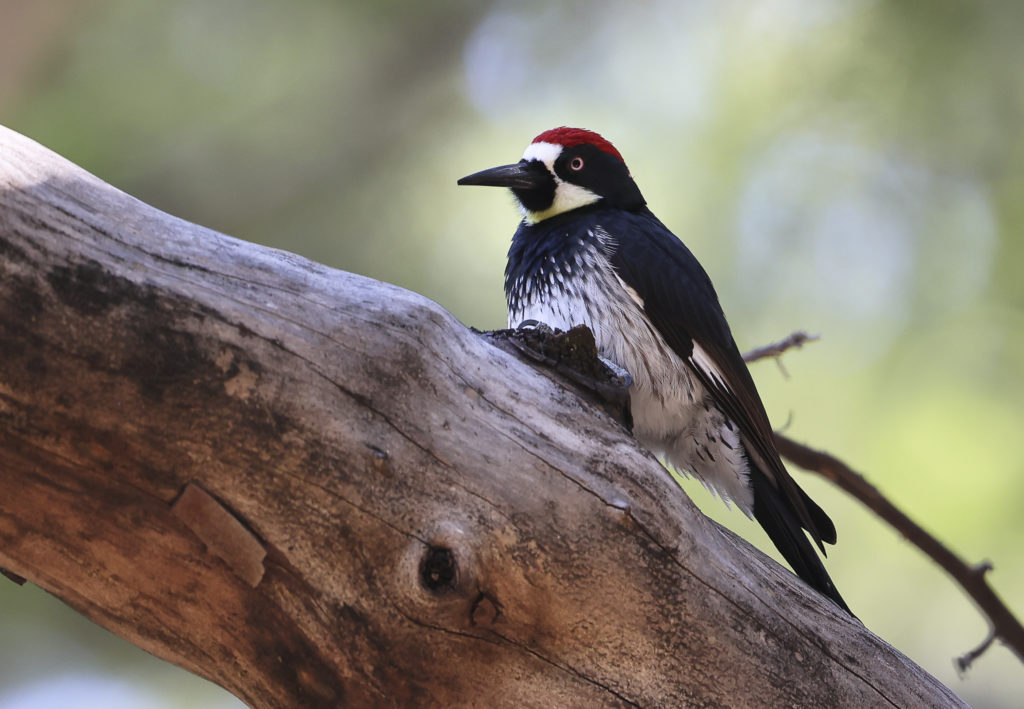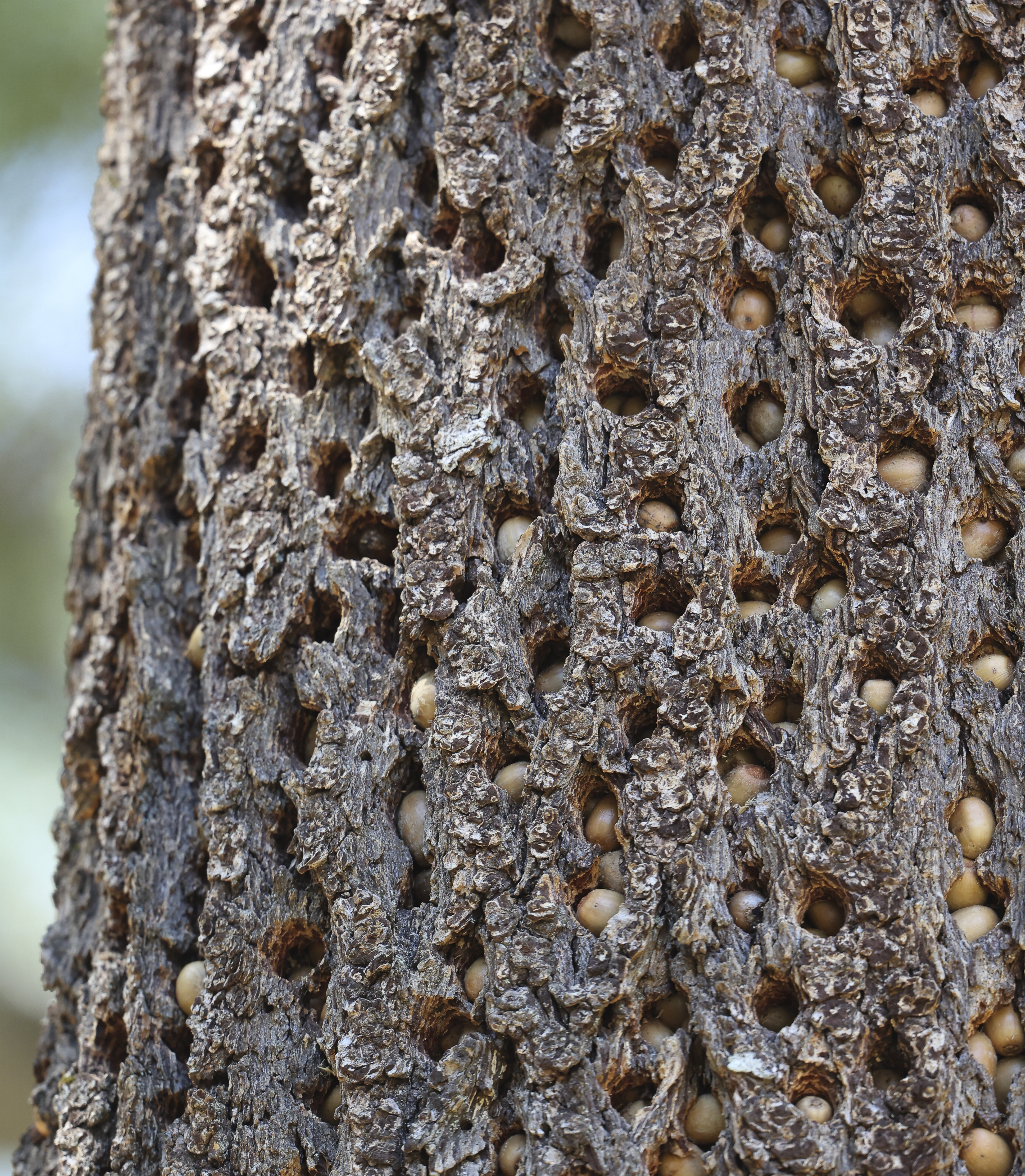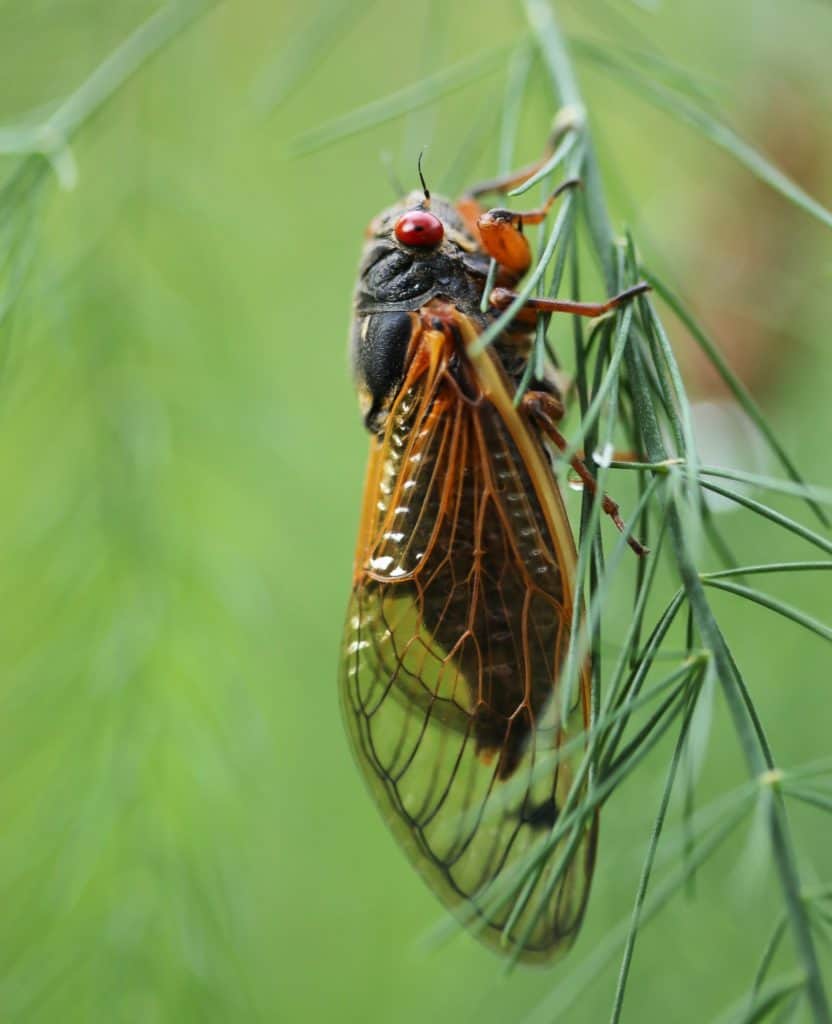Creature Feature
A Really Strange Woodpecker
By Wayne Bierbaum
I recently met a very bizarre bird from the opposite coast. Both my wife and I have been vaccinated for COVID-19 and felt it was safe enough to see our two far-flung children. We wore our masks, glasses and were very careful around others, but still the jet felt like a sardine can. Everyone on the jet complied with masking and no one appeared ill. I was still anxious. The places we stayed in were very cautious.
My daughter, Kate, is in Colorado and my son, Matt, is in central California. In visiting California, we stayed near Mill Valley and from there visited Mount Tamalpais State Park. The state park had several habitats, from redwoods at its base to thick poison oak hillsides. About halfway up the mountain was an area with large live oak trees. The area is notable for the 1933 Civilian Conservation Corps-built Cushing Memorial Amphitheatre.
While walking around near the amphitheater, I heard obvious woodpecker calls and sounds. My son called out and pointed up to a bare oak branch. There was an unusually marked colorful woodpecker. Four more of the birds later showed and were loudly complaining around two trees that were riddled with dime-sized holes. In looking closely at the holes, most were plugged with a shiny acorn.
I opened my Merlin Bird ID app and verified that these were acorn woodpeckers. They are described as having a clownish face but the birds are also known by their strange behavior. They live in large groups that collectively perform food collection and storage, rearing of young, territory defense, and even breeding. Yes, they have collective mating. These woodpeckers actively maintain and move their stash of acorns to smaller holes when the acorns dry out and shrink, making them loose in their holes.
The birds are actually omnivores and will eat a variety of seeds, insects, arachnids, small reptiles, eggs, nectar, sap, and flowers. Like typical woodpeckers, they use tree cavities to rest in and to nest. Unlike other woodpeckers, multiple female acorn woodpeckers will lay eggs in one cavity and cooperatively tend to them. All the adults in the group will raise the little ones together.
Acorn woodpeckers live on the West Coast from Oregon to Central America and are tolerant of living near people. Because of their cooperative living, they have been extensively studied. Too bad I had to go all the way to California to see them.
****
CICADA REPORT: I recently heard an interview on NPR with an entomologist and found out that only the male cicadas sing and they have three songs. The first is a group droning song to attract females into the cluster. Next, a rhythmic beat begins when a female is nearby. Finally, the males switch to a slower beat and change pitches with mating.




